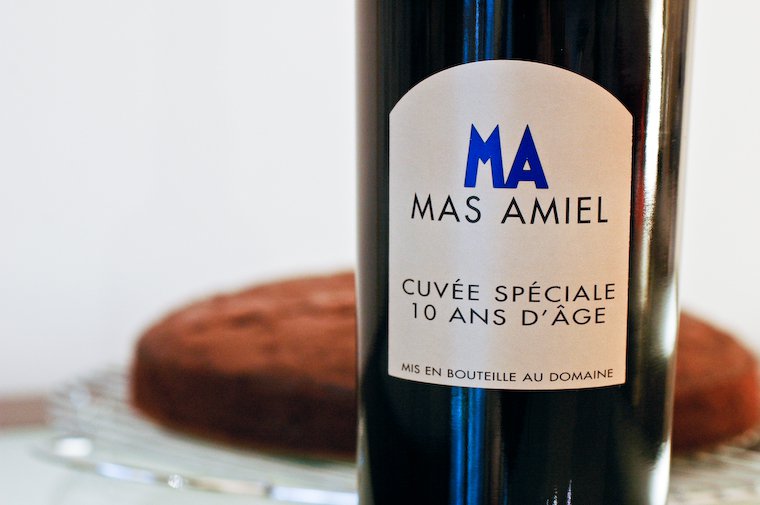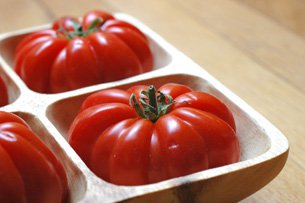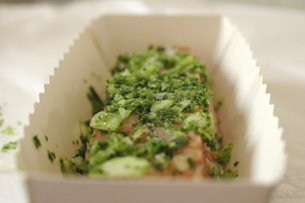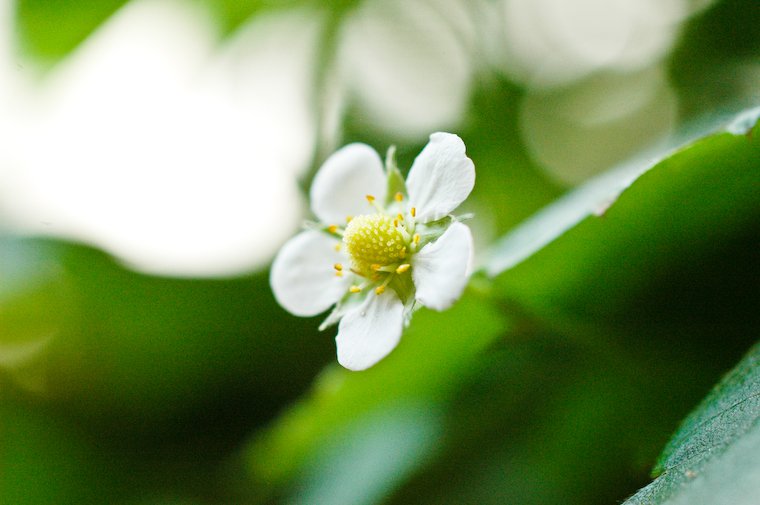Some might think that when I set the theme for this 13th edition of Wine Blogging Wednesday, I already had a clever pairing in mind, all prepared and tested and ready to go. But no. The idea for this little challenge just popped in my head when I was trying to think of a wine tasting theme without pretending to know more about it than I really do, and to really replicate the way I usually go about choosing wine, trying to keep in mind what we will be drinking it with, when and who with.
To tell you the truth, although I am trying to acquire a basic knowledge of origins and grape types and aging processes, I usually go by the little heart-shaped stickers (coup de coeur maison) that my wine seller puts on the bottles he warmly recommends. Sometimes I ask him directly for advice, and sometimes I just follow my instinct and boldly go by the look of the label — anything that looks too obviously like a team of marketing and creative people worked on it loses points dramatically.
But since I’m hosting and all, I resisted the temptation of just going in and asking the store owner what I should drink with a really chocolate-y chocolate cake. Instead, I did my homework and a little research.
First off, I read everywhere that it was notoriously difficult to pair good chocolate with wine. Why? Because the very characteristics of good chocolate (intense cocoa aroma, hints of bitterness, low-sugar content, slight acidity, tannins and persistance of flavors) tend to mute and/or clash with most wines. The key to a good choco-wine pairing, I have read, is to pick a wine that has strong and distinctive aromas so as not to be muffled, it should be low in tannins, not too dry, not too astringent and with low acidity.
In practice, I found lots of different suggestions: port wine came up frequently, as did the names of Xeres, Jurançon, Marsala, Yellow Wine from the Jura (Vin Jaune du Jura), Marsala, Tokaji from Hungaria, wines from Malaga, but also dry white wines or fruity or intense reds.









